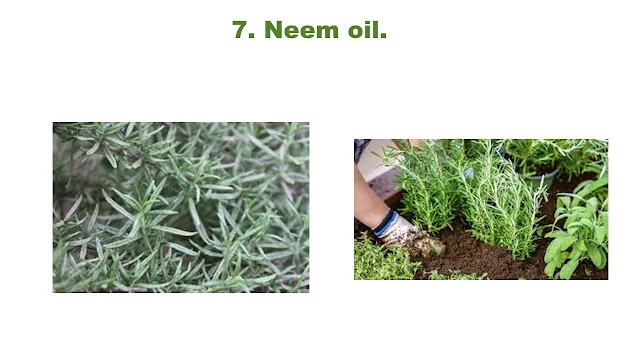How to Prevent Powdery Mildew on Rosemary Naturally
If you have an herb garden, you are familiar with powdery mildew on rosemary plants. Here's what you can do about it.
I love rosemary. It is easy to grow. It's tough. And it tastes delicious in many dishes. But I often end up with powdery mildew on my rosemary plants - especially when I bring them indoors. Although it seems to happen more often indoors, powdery mildew on rosemary plants outdoors is not unheard of. Powdery mildew doesn't usually kill a rosemary plant, it just weakens it considerably.
However, it is a relatively easy condition to deal with. There are many natural remedies here.
7 Natural Remedies to Treat and Prevent Powdery Mildew on Rosemary Plants
The Missouri Botanical Garden explains that powdery mildew can come from many different types of fungi. Downy mildew gives plant leaves a dusty, silvery appearance and interferes with photosynthesis. They also stress that if you notice downy mildew on any plant, isolate the plant immediately so the downy mildew doesn't spread.
As you can imagine, the best way to deal with powdery mildew on rosemary is to prevent it in the first place. Here are some ways you can do that.
1. Air circulation. If your plants aren't too close together, air circulation will naturally happen outdoors. Indoors, an open window or small fan will help move the air, so the fungus can't establish itself on the rosemary leaves.
2. Keep your plants healthy. Just as cold and flu viruses have a harder time infecting healthy people, healthy plants are less susceptible to disease.
3. Dry the leaves. Wet conditions are ideal for fungi, so one way to prevent powdery mildew on rosemary and other plants is to keep the leaves dry. As with the next tip, this can be helpful for both indoor and outdoor plants.
4. Place your rosemary in a sunny spot. Rosemary likes lots of sunlight. No fungi. While this is easier to do with outdoor plants, sunny windows will also help your indoor rosemary plants.
5. Make sure it has the right soil. A native of the Mediterranean, rosemary does best in loose, dry soil.
As with any plant disease, prevention is best. However, if you notice powdery mildew on your rosemary plants, here are some additional steps you can take.
6. Baking soda solution. Is there anything baking soda can't do? In all seriousness, baking soda is a completely natural treatment for powdery mildew. Mix 3 tablespoons of baking soda, one tablespoon of vegetable oil, and a few drops of dish soap in a gallon of warm water. Spray both the rosemary and the soil if any fungus is lurking. However, one thing to note is that the residue of this baking soda mixture is similar to powdery mildew.
7. Neem oil. This is our line for many indoor and outdoor plant pests and diseases. Mix two tablespoons of neem oil and a few drops of dish detergent in a gallon of water.
Bonus treat: milk. Well, I haven't used this approach to treat powdery mildew with rosemary or any other herbs, so I can't vouch. However, this solution is making the rounds in horticultural circles. If it's on the internet, it must be true, right? I've seen recommendations for a mixture of 1 part milk to 2 parts water, 1 part milk to 5 parts water, and 1 part milk to 9 parts water, so do whatever you like.

















0 Comments